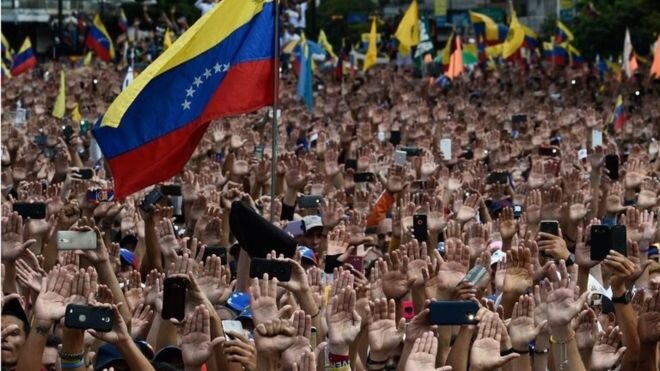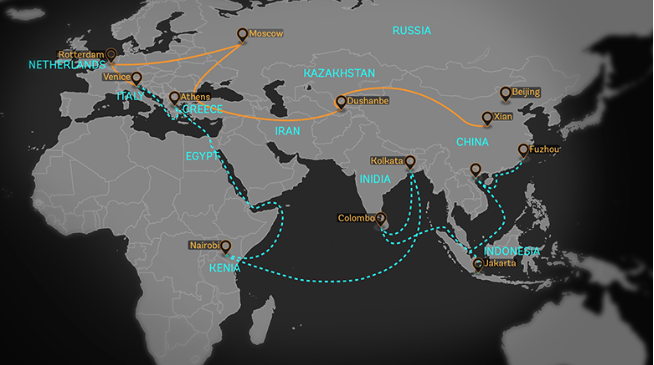Research With Students
Praetorians in the time of Pandemic: Militaries in Latin American Populist Regimes
Vasabjit Banerjee and Marisa Laudadio
In The Journal of International Affairs
As the novel coronavirus pandemic spreads across Latin America, civilian leaders are asking the region’s militaries to increase their domestic duties, from enforcing curfews and sealing international borders to providing public healthcare. This essay provides a comparative analysis which reveals that with the COVID-19 outbreak, Brazil and Mexico – which between them contain over half the region’s population – as well as El Salvador, are increasingly vulnerable to military interference in politics.
How External Actors Have Worsened Venezuela’s Long Crisis
Zachery Abunemeh and Vasabjit Banerjee
In The Georgetown Journal of International Affairs
In January 2019, the United States, France, and Britain recognized the head of Venezuela’s National Assembly, Juan Guaidó, as President of Venezuela. Russia and China continue to recognize the embattled incumbent Nicolas Maduro as president. Both sides are digging in. Russia sent long range nuclear-capable bombers to Venezuela in December 2018, while U.S. Secretary of State Mike Pompeo and National Security Advisor John Bolton have consistently refused to preclude military options, even though a majority of Venezuelans oppose foreign military intervention to restore democracy.
This is hardly the first time that major powers have gotten involved in Venezuelan politics. Over the course of the last three decades, foreign intervention has resulted in a polarized society, making it more difficult to pursue genuine reforms.
China Has Embedded Global Lending Institutions in Its Belt and Road Initiative
Feifei Zeng and Vasabjit Banerjee
In The News Lens
In October 2013, President Xi Jinping announced the “One Belt One Road” (OBOR) or “Belt and Road Initiative” (BRI). The heart of the project centers on an 11,000 kilometer railway line across the Eurasian continent to connect China with Europe via Central Asia. There is also a proposed maritime route through ports in China and Malaysia, Indonesia, Singapore, India, Maldives, Seychelles, Tanzania, Djibouti and Egypt, ending in Italy. Two shorter land-based economic corridors are planned: one from Kashgar in China via Pakistani-administered Kashmir to the Pakistani port of Gwadar; and the other from Sichuan in China to the Indian port of Kolkata via Bangladesh and Myanmar (Burma). As an interesting aside, Kolkata features both in the proposed maritime route and economic corridor, similar to the British use of the city as the imperial lynchpin connecting East and Southeast Asia with South Asia.


